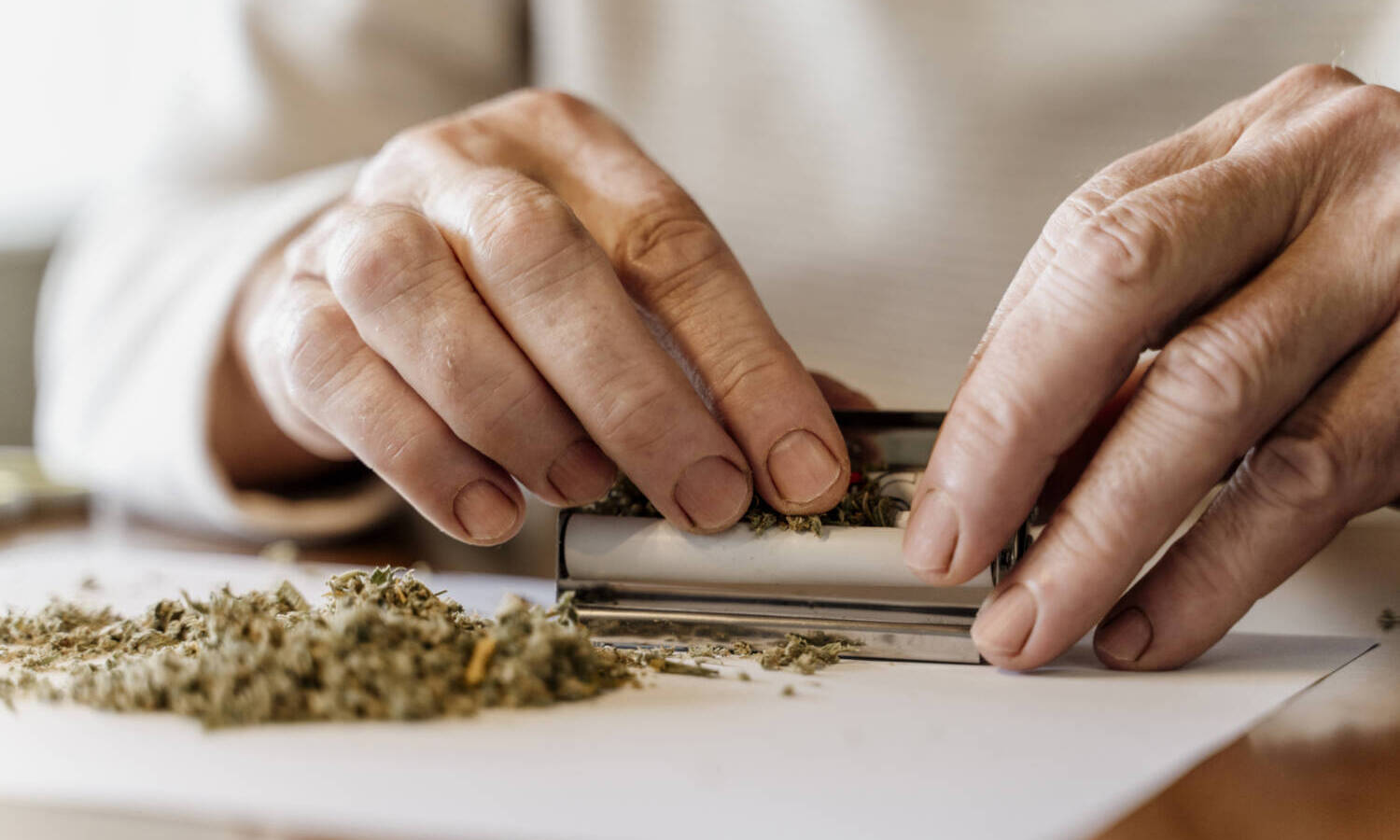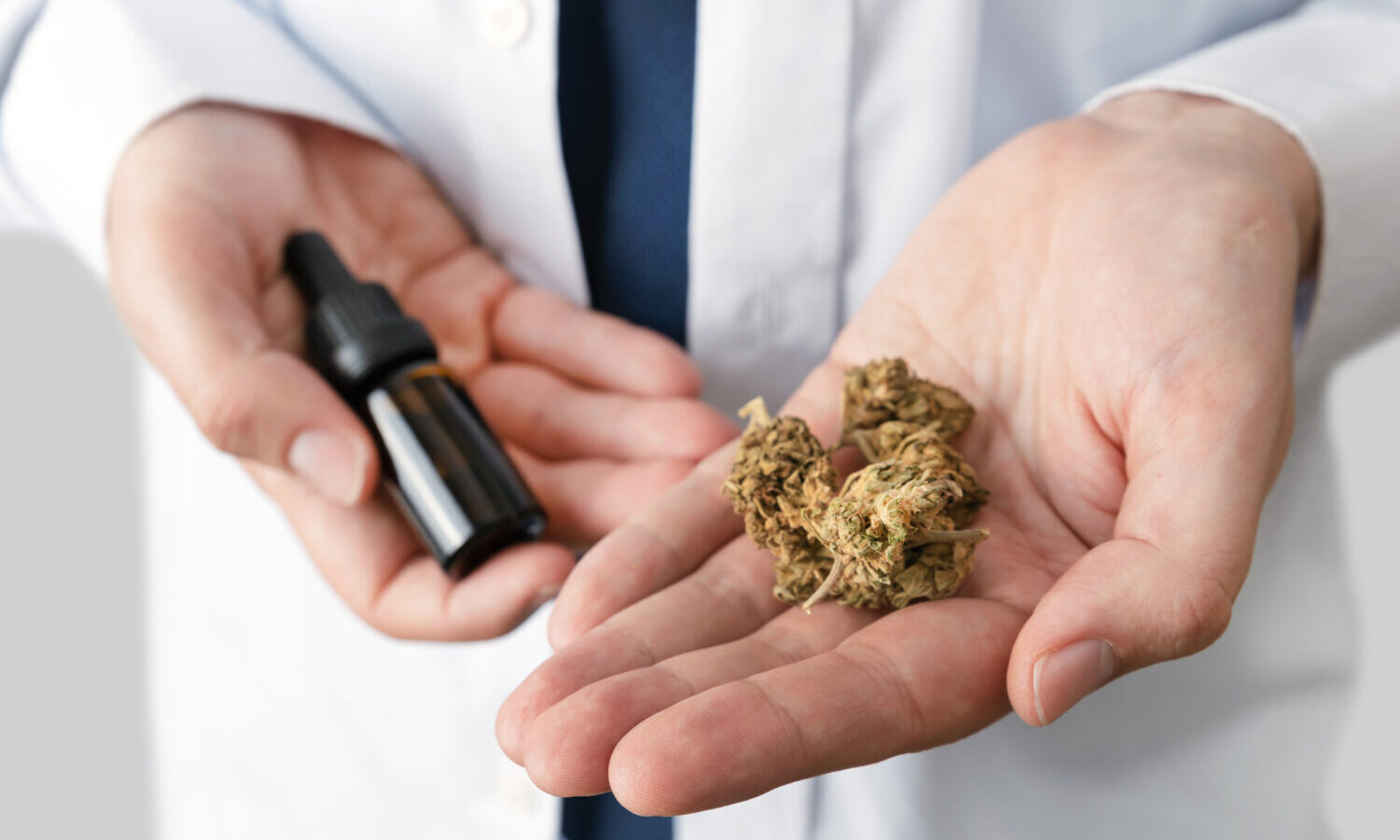
By
There has been an increase in the rate of cannabis-related visits to the emergency department among adults in California, a new study shows. According to the findings, published in the Journal of the American Geriatrics Society, cannabis-related emergency department visits went from a total of 366 in 2005 to 12,167 in 2019.
Researchers with the University of California San Diego School Of Medicine used a trend analysis of data from the Department of Healthcare Access and Information.
While cannabis is often prescribed to alleviate chronic pain, especially among the elderly, there is also an increased risk of adverse effects on health associated with psychoactive substances — including marijuana.
“Many patients assume they aren’t going to have adverse side effects from cannabis because they often don’t view it as seriously as they would a prescription drug,” said Benjamin Han, a geriatrician in the Division of Geriatrics, Gerontology, and Palliative Care in the Department of Medicine at UC San Diego School of Medicine.

“I do see a lot of older adults who are overly confident, saying they know how to handle it… yet as they have gotten older, their bodies are more sensitive, and the concentrations are very different from what they may have tried when they were younger,” he added.
RELATED: Survey: Seniors In Pain Want To Try Cannabis, But This Is Preventing Them
According to the study, cannabis can slow reaction time and impair attention, which may lead to injuries and falls; increase the risk for psychosis, delirium, and paranoia; exacerbate cardiovascular and pulmonary diseases and interact with other prescription medications.
The unintended consequences may require emergency care.
“Although cannabis may be helpful for some chronic symptoms, it is important to weigh that potential benefit with the risk, including ending up in an emergency department,” Han said.
RELATED: Tips For Seniors Trying Cannabis For The First Time
Education and discussions with older adults about cannabis use should be included in routine medical care, Han advised.
“We have much to learn about cannabis, given all the new forms of it and combinations of THC (tetrahydrocannabinol) and CBD (cannabidiol), and this will inform our understanding of risks and possible benefits, too,” researchers said.

Cannabis Is Medicine Not A Non-Legal Drug
Alison Moore, a co-author of the study, said current substance uses screening questionnaires typically lump cannabis/marijuana with non-legal drugs, such as cocaine and methamphetamine, which can lead to patients being hesitant to answer.
Providers can then ask how frequently cannabis is used, for what purpose (i.e., medically for pain, sleep, or anxiety or recreationally to relax) and in what form (i.e., smoked, eaten, applied topically).
“Once the provider has this type of information, they can then educate the patient about potential risks of use,” Moore concluded.
This article originally appeared on Benzinga and has been reposted with permission.





